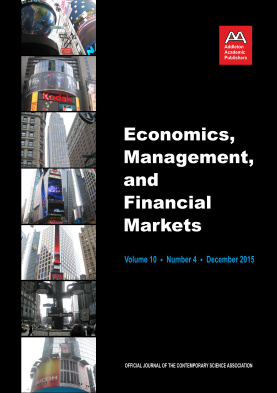BUSINESS PRACTICES OF INDIAN CEMENT INDUSTRY:
AN EVIDENCE OF POSSIBLE CARTELIZATION
BUSINESS PRACTICES OF INDIAN CEMENT INDUSTRY:
AN EVIDENCE OF POSSIBLE CARTELIZATION
Author(s): D. Tripati Rao, Rupika KhannaSubject(s): Social Sciences
Published by: Addleton Academic Publishers
Keywords: cement industry; cartel; S-C-P; imperfect competition; market concentration
Summary/Abstract: Indian cement industry has time and again been suspected of cartelization in the last decade. However, whether it exhibits cartelization or not has been dealt very sparsely. Therefore, we employ a unique approach of testing for cartelization based on Grossack’s static-dynamic concentration ratios that combines a static and a dynamic measure of concentration and is thus a superior tool for assessing structural changes in market shares of companies. Our analysis shows an increase in the market concentration during the period 2008 to 2013. The problem does not seem to emanate from the demand-side only, as most cartelization allegations relate to periods marked by higher economic growth and higher consumption. Of late, cement industry has been under supply-side pressures (cost-push) in the form of rising input prices. This could have had a cascading effect on the prices of cement by putting demand-side pressures on the price of coal; a fact that has not been touched upon by most of the studies. Thus, understanding the supply-side pressures might help in rationalizing its proclivity for a cartelized market structure. Therefore, the answer for such business practices by cement industry could lie in the specific structure of the industry, price behavior of firms and the nature of competition. This is to ask: what are the structural factors that contribute to the tendency of cement players to form a cartel? The paper attempts to address these core questions on structure-conduct-and-performance (S-C-P) of the industry. The simultaneous price hike(s) in cement by all firms during the financial crisis cannot be justified. This certainly points towards a possible collusion. pp. 47–60JEL codes: D4; F16; L1
Journal: Economics, Management, and Financial Markets
- Issue Year: 10/2015
- Issue No: 4
- Page Range: 47-60
- Page Count: 14
- Language: English
- Content File-PDF

